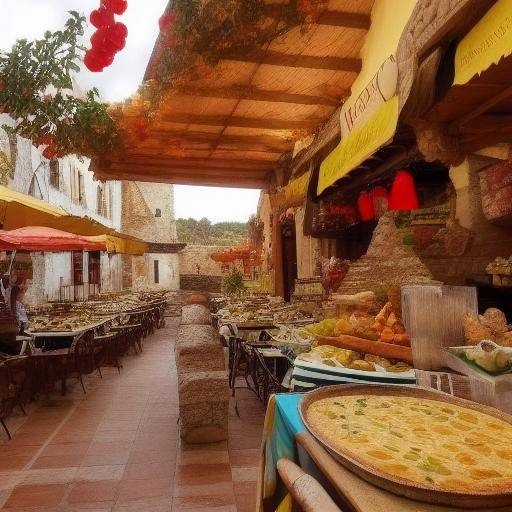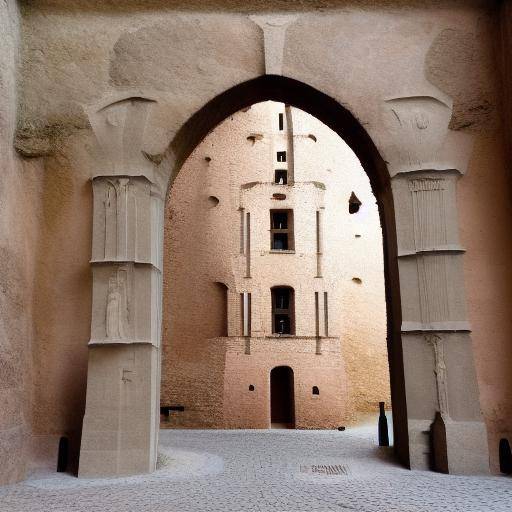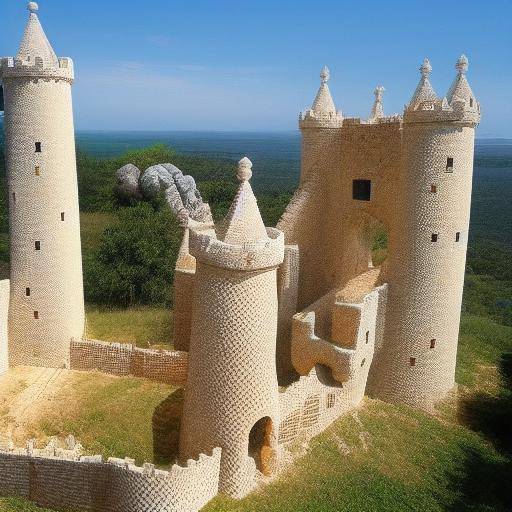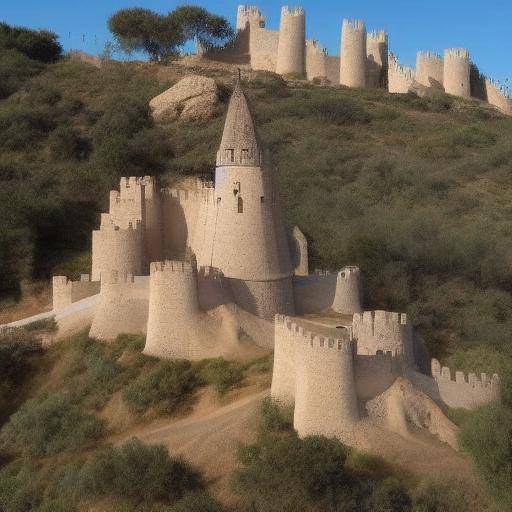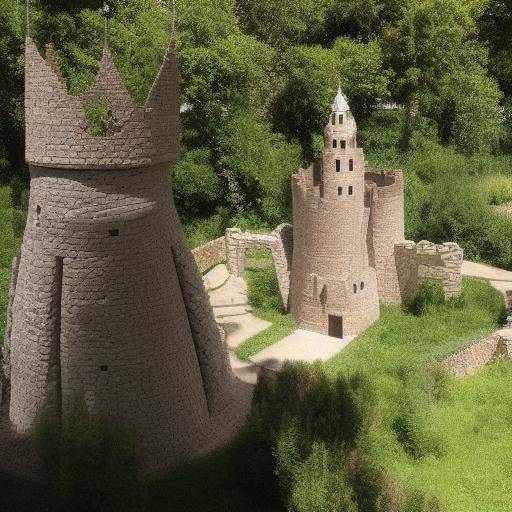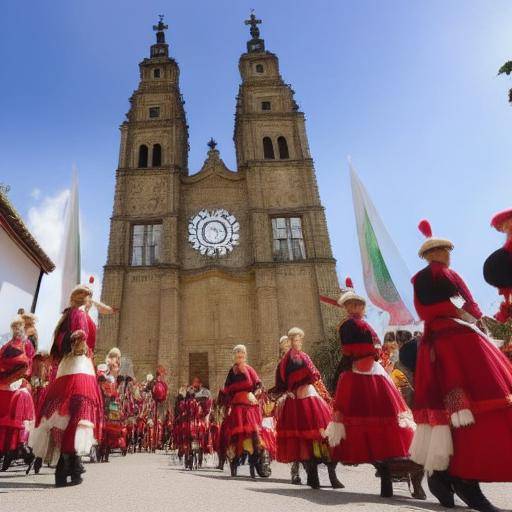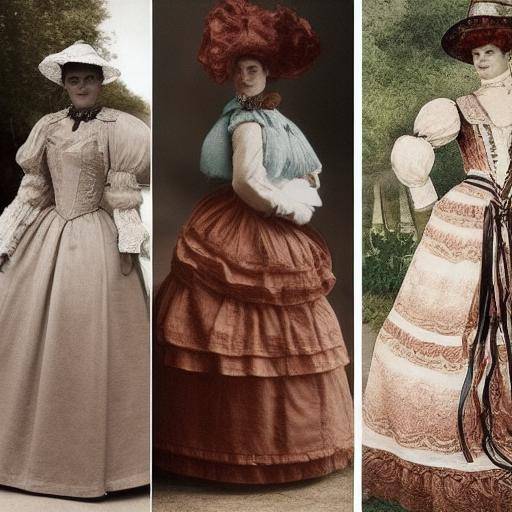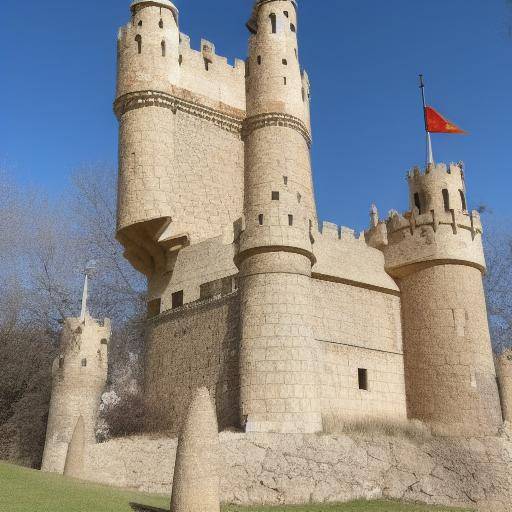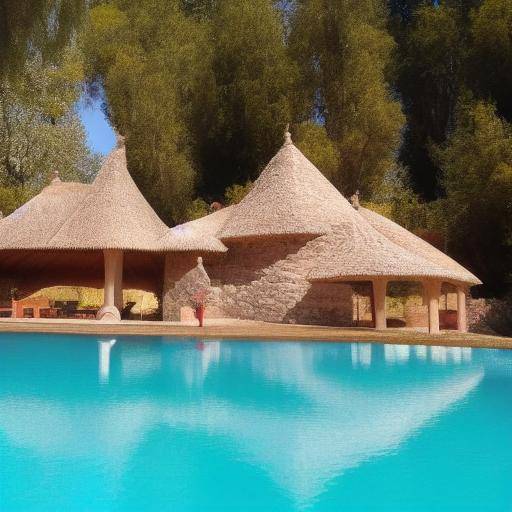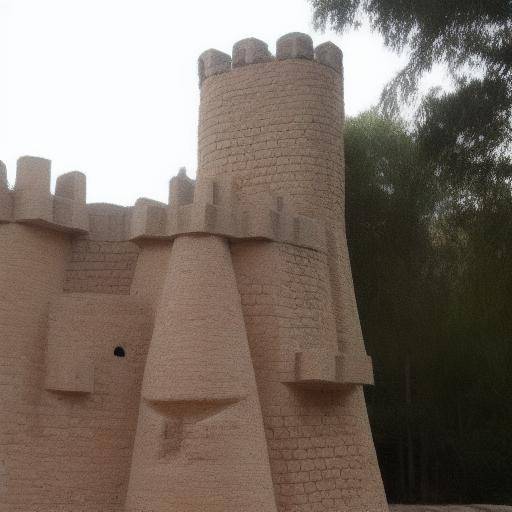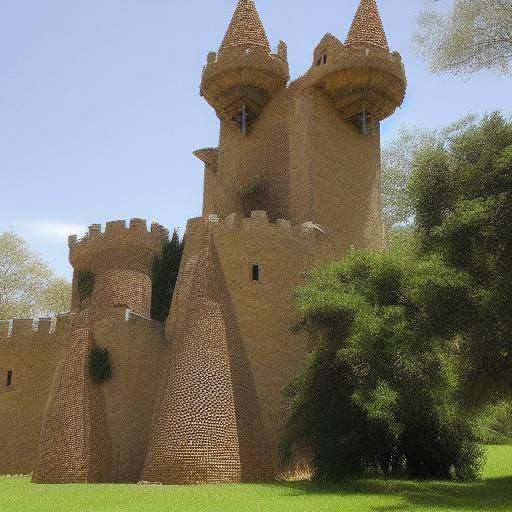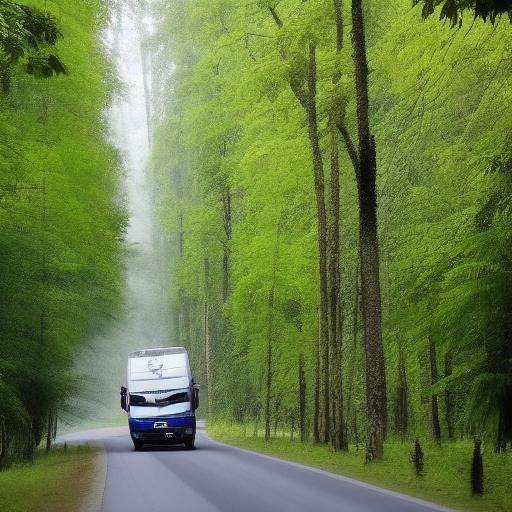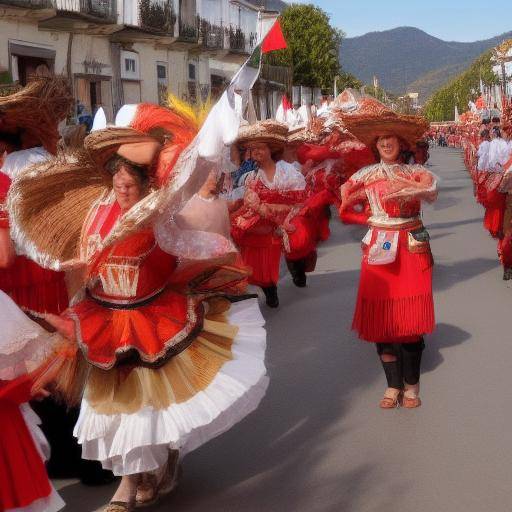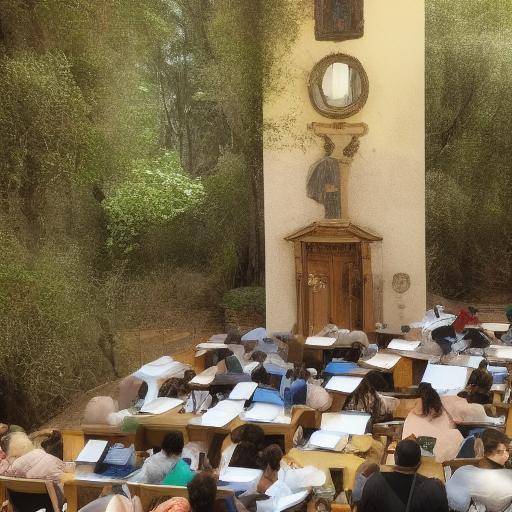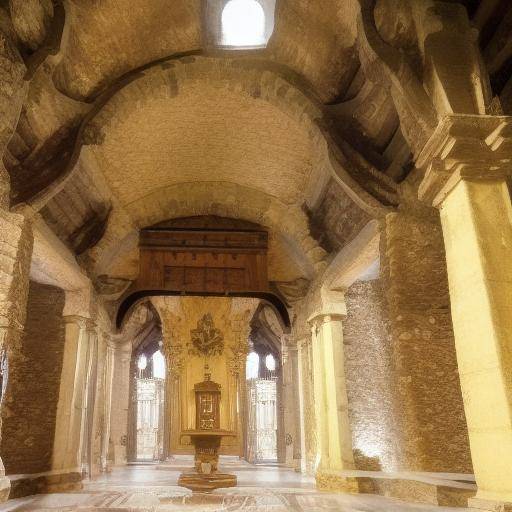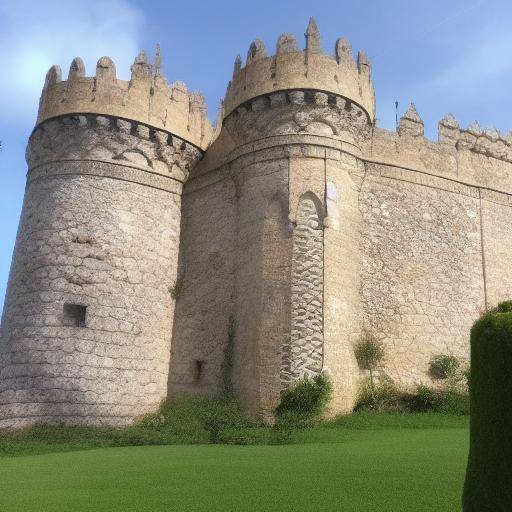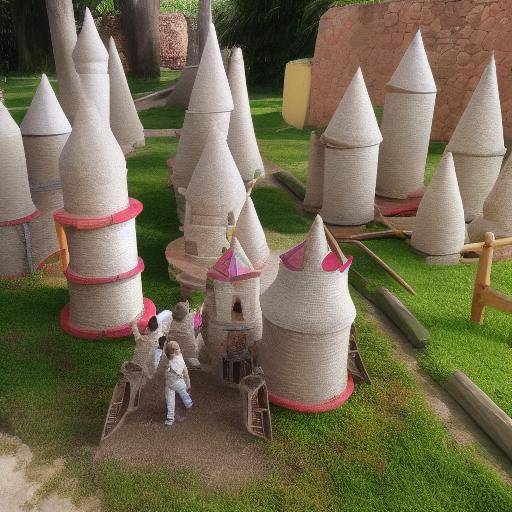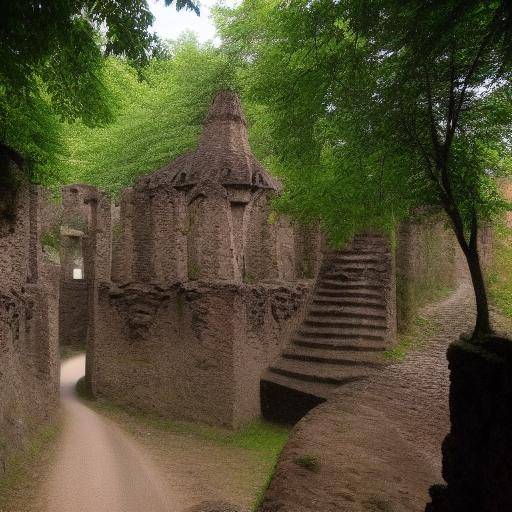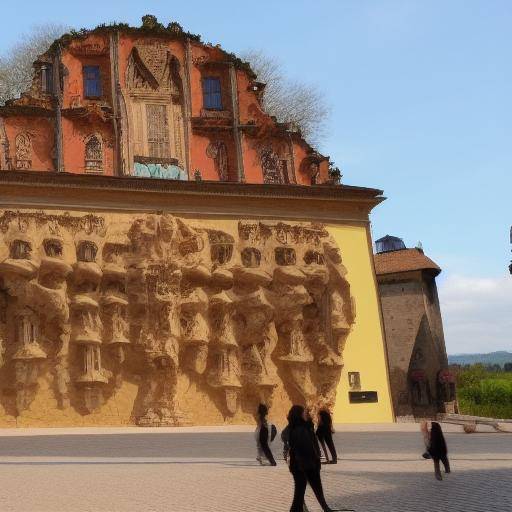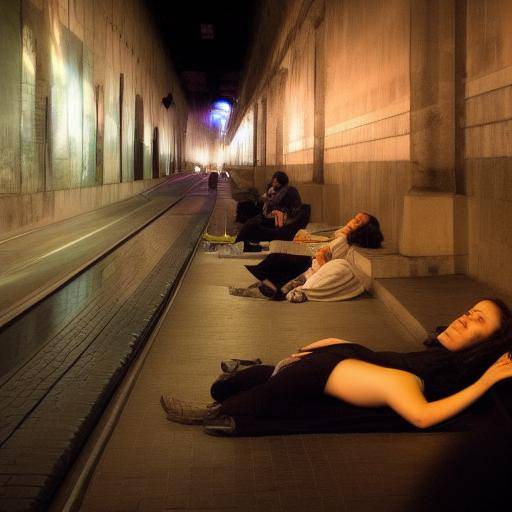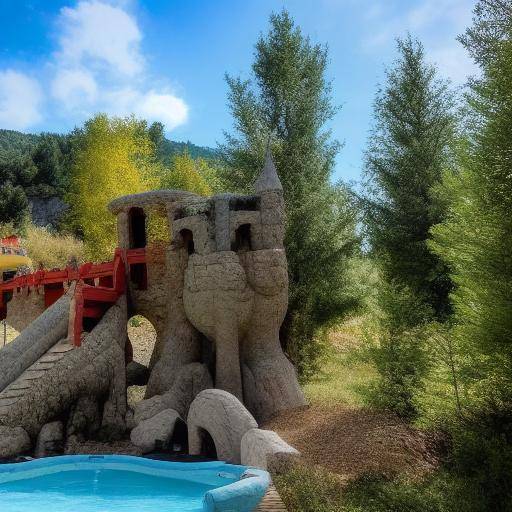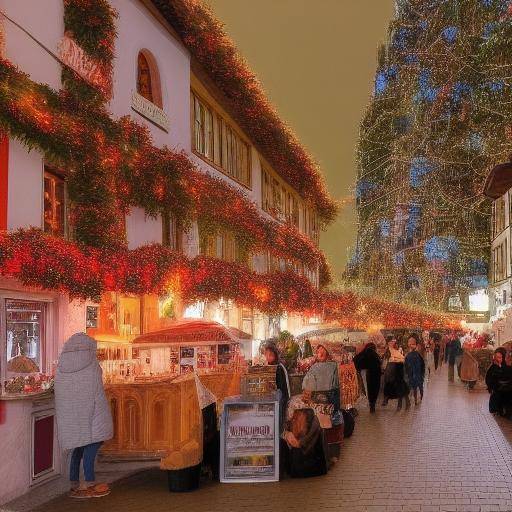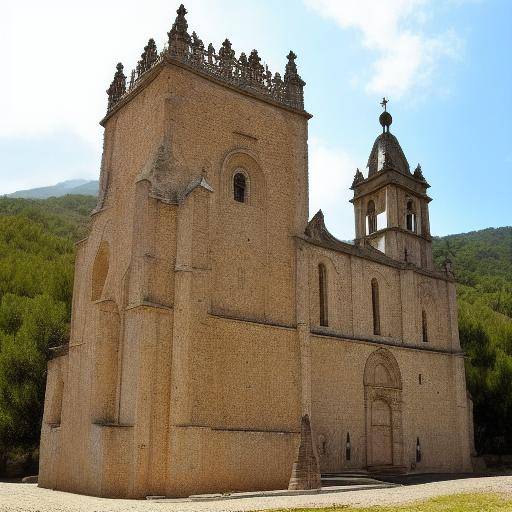
The Romantic Route is known for its picturesque landscapes, medieval castles and charming villages in Germany. However, few know the spiritual and religious facet of this famous route. In this article, we will explore the less well-known facet of the Romantic Route, highlighting the monasteries and pilgrimage sites that have endured over time. Discover how this route combines natural beauty with spirituality, attracting travelers in search of peace, reflection and connection with the sacred.
The Romantic Route: A Spiritual Journey
The Romantic Route extends over 350 kilometres south of Germany, from Würzburg to Füssen. This unforgettable journey crosses dream landscapes, where castles and fortresses testify to a fascinating past. However, beyond its tourist attraction, the Romantic Route houses a rich spiritual heritage in the form of monasteries, shrines and pilgrimage sites.
History and Origin
The foundation of the Romantic Route dates back to the twentieth century, when it was conceived as an initiative to promote tourism in the region following the devastation of the Second World War. However, many of the sacred places along this route have a history that dates back several centuries, silent witnesses of times of splendor and faith.
Spirituality in the Romantic Route
Travelers seeking a unique spiritual experience find in the Romantic Route an enabling environment for contemplation and connection with the divine. The monasteries, abbeys and sanctuaries scattered along the route invite you to immerse yourself in the serenity that only the sacred places can offer.
Exploring Spirituality in Germany
Germany, known for its rich history and tradition, is also an outstanding destination for religious tourism. From the imposing Cologne Cathedral to the monasteries nestled in the Bavarian Alps, this country offers endless opportunities for those seeking to explore their spiritual side.
Places of Pilgrimage
The pilgrimage places in Germany attract faithful and travellers alike. From the iconic steps of the Cathedral of Cologne to the Sanctuary of Our Lady of Altötting, each sacred place tells stories of faith, miracles and devotion that endure throughout the centuries.
Religious Tourism: A Transformative Experience
Religious tourism, far from being a mere leisure activity, offers travelers the opportunity to immerse themselves in spirituality and history. Apart from the hustle of the cities, the pilgrimage places provide an enabling space for introspection and connection with the sacred.
The Benefits of Religious Tourism
Religious tourism experiences not only impact the spiritual sphere, but also have positive effects on the emotional and mental well-being of travelers. Contemplation in inspiring environments, contact with cultural heritage and interaction with religious communities enrich the travel experience in a unique way.
A Meeting with Spirituality: On the Romantic Route and Beyond
The journey through the Romantic Route, and the exploration of the places of pilgrimage in Germany, transcends conventional tourism by offering a deeply spiritual experience. The combination of natural beauty and religious history creates a unique scenario for reflection, discovery and connection with the transcendent. Whether for religious, historical reasons or simply for the desire to explore a different dimension of the journey, the Romantic Route and its spiritual places continue to captivate those who seek to enrich their journey with a dose of spirituality.
Conclusion
In short, the Romantic Route offers much more than scenic beauty and historical charm; it is a place where spirituality and faith are intertwined with Germany's rich cultural and religious heritage. Travelers who venture along this route not only find stunning landscapes and historical monuments, but also the opportunity to immerse themselves in a unique spiritual experience. Whether as devoted pilgrims or as travelers looking for new perspectives, the Romantic Route and pilgrimage sites in Germany offer a transformative encounter with spirituality and history.
FAQs
What are some of the most outstanding monasteries on the Romantic Route?
The Romantic Route houses several historical monasteries, including the Monastery of Wies, the Monastery of St. Mang in Füssen and the Ettal Monastery in the Bavarian Alps. Each offers a unique experience and a look at the monastic history of the region.
What is the best time of the year to travel through the Romantic Route?
Spring and summer offer lush landscapes and the opportunity to enjoy festivals and outdoor events along the route. However, the winter charm with its Christmas markets and picturesque snowfalls also attracts many travelers.
What type of accommodation is located along the Romantic Route for pilgrims and spiritual travelers?
Along the Romantic Route, you can find different accommodation options, ranging from historic hotels to traditional inns and family guest houses. Some monasteries also offer the opportunity to stay and participate in spiritual retreats.
Are there tours or guides specializing in religious tourism along the Romantic Route?
Yes, there are specialized tours that focus on the religious and spiritual facet of the Romantic Route, providing a deeper look at the places of pilgrimage and the religious history of the region. Many of these tours include visits to monasteries, shrines and sacred sites.
What are some of the religious or spiritual festivals featured along the Romantic Route?
During the year, several religious and spiritual festivals are held along the Romantic Route. Some of the most outstanding include pilgrimages, celebrations of local patron saints and traditional festivals that honor the religious and spiritual roots of the region.
How can you combine the Romantic Route with a wider experience of religious tourism in Germany?
Those wishing to further explore religious tourism in Germany can combine the Romantic Route with visits to other sacred and pilgrimage sites in the country, such as the Cathedral of Cologne, the Abbey of Maria Laach or the Sanctuary of Our Lady of Altötting. This provides a more holistic view of the religious heritage of Germany.
Concluding, the Romantic Route is much more than a dream journey between castles and picturesque landscapes. His spiritual and religious facet offers an opportunity for introspection, connection with history and the discovery of spirituality. Opening to this dimension of the route allows travelers to experience an intimate and profound transformation through the centuries of spiritual legacy that lie along this fascinating journey in Germany.

